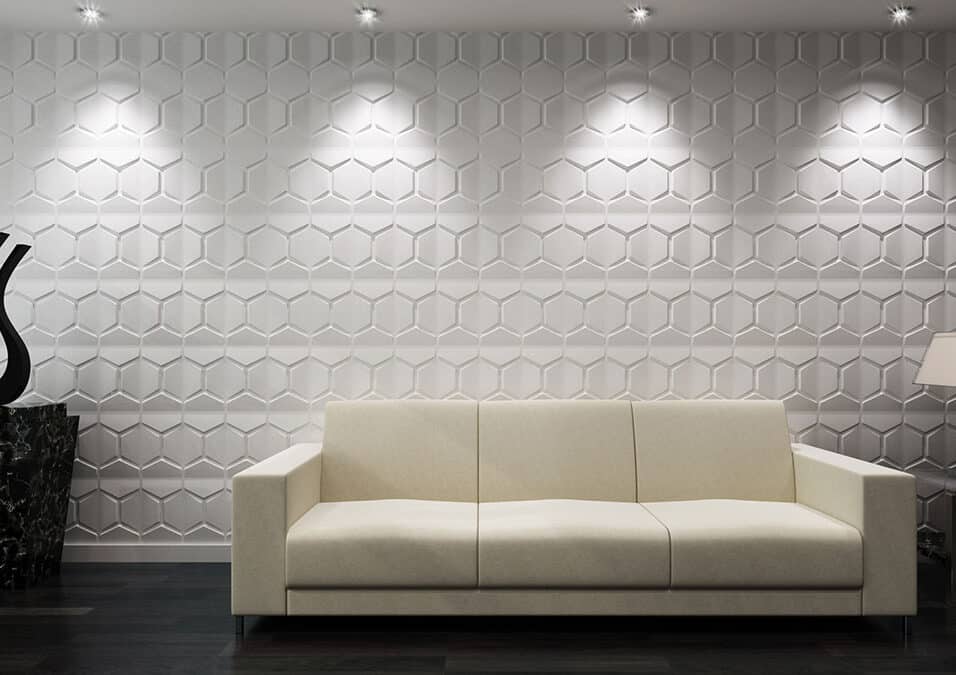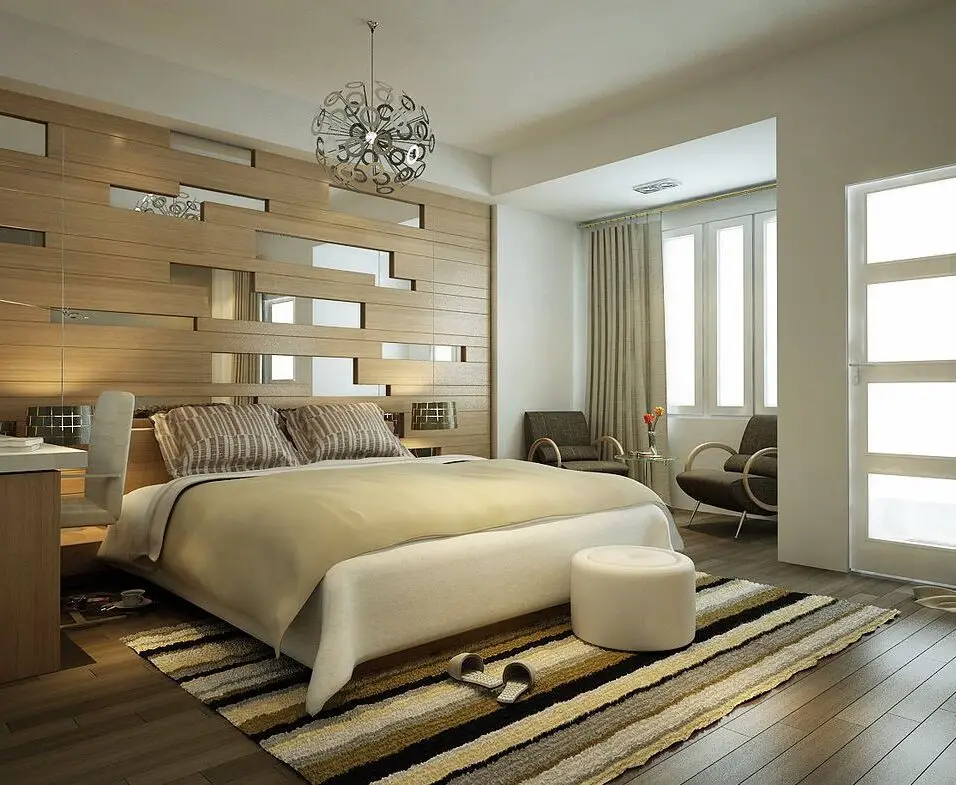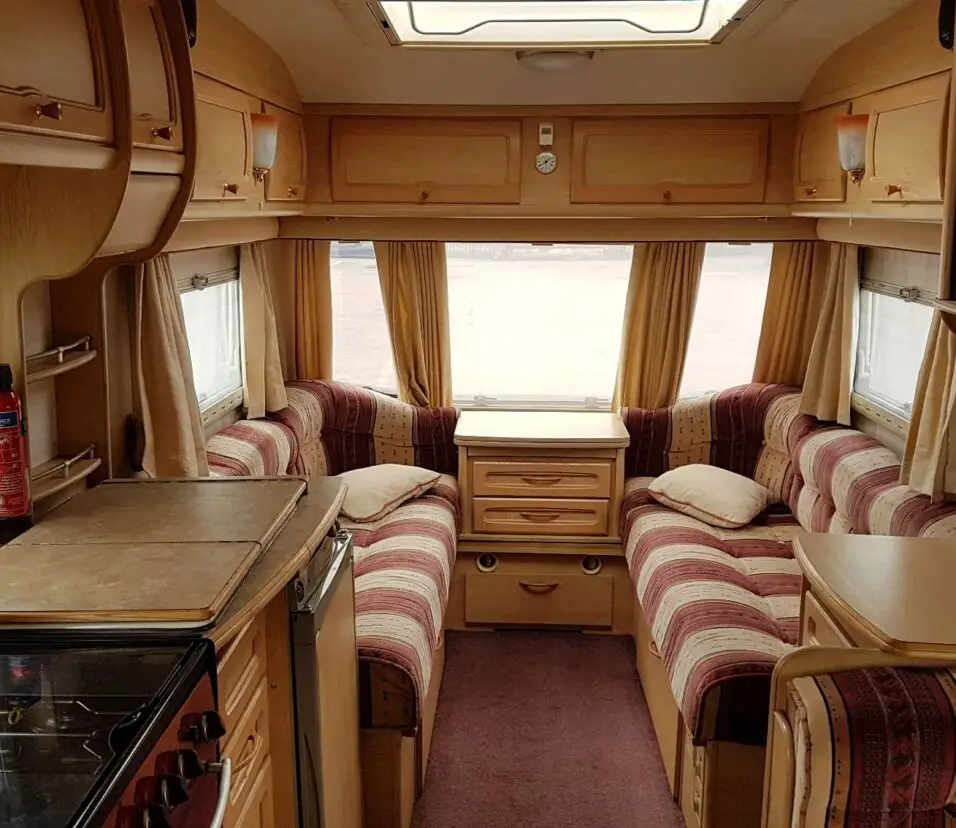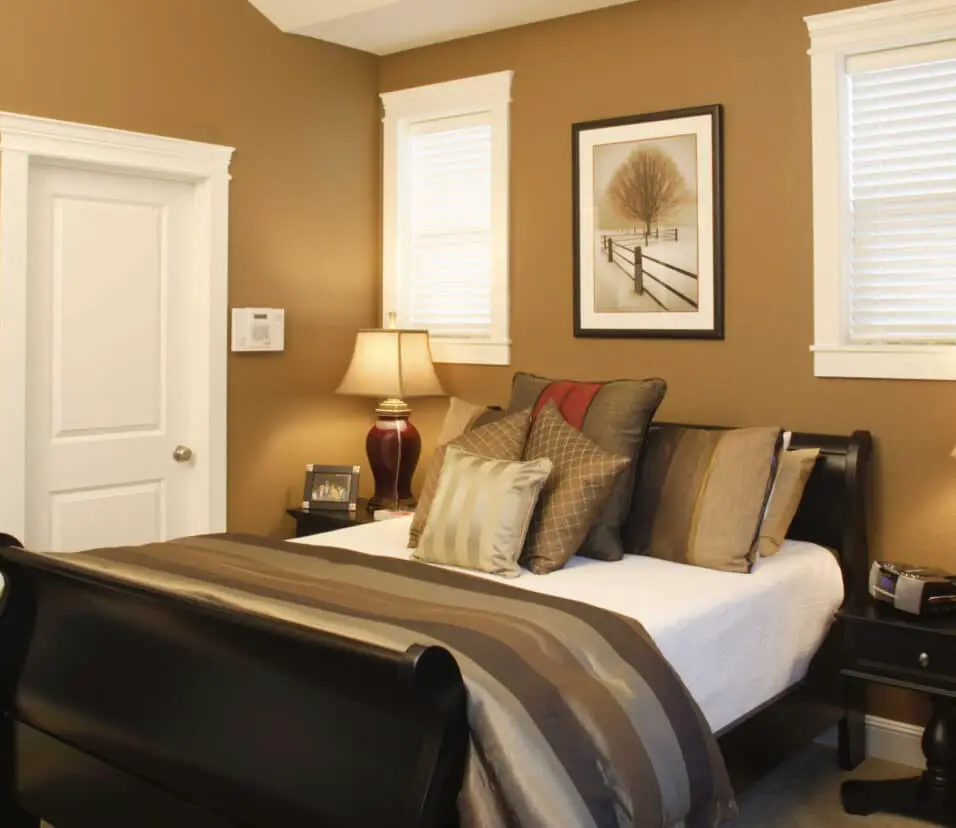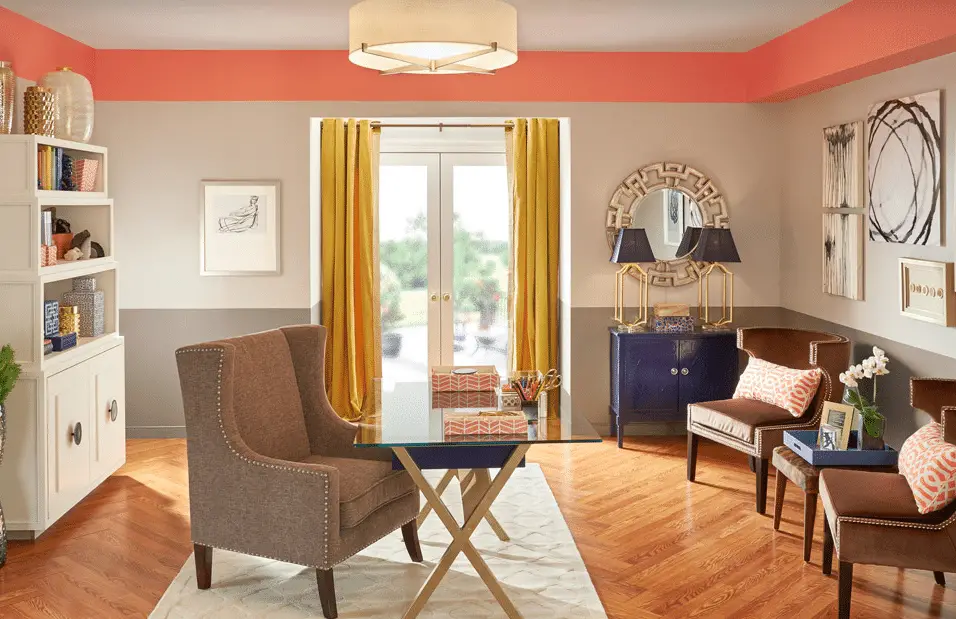Do Interior Designers Get Discounts On Furniture
Introduction
Do Interior Designers Get Discounts On Furniture: Interior design is a profession that requires a keen eye for aesthetics, creativity, and a deep understanding of space planning. It involves transforming a space into a functional and visually appealing environment. One of the key aspects of interior design is selecting furniture that complements the overall design concept. However, furniture can be a significant investment, and clients often look to interior designers for guidance on finding the best deals. This raises the question: do interior designers get discounts on furniture?
Many furniture manufacturers and retailers offer trade discounts to interior designers as a way to build relationships and encourage repeat business. These trade discounts can range from a percentage off the retail price to special pricing for bulk orders. However, it is important to note that not all furniture brands or retailers offer trade discounts, and the discounts can vary significantly from one supplier to another.
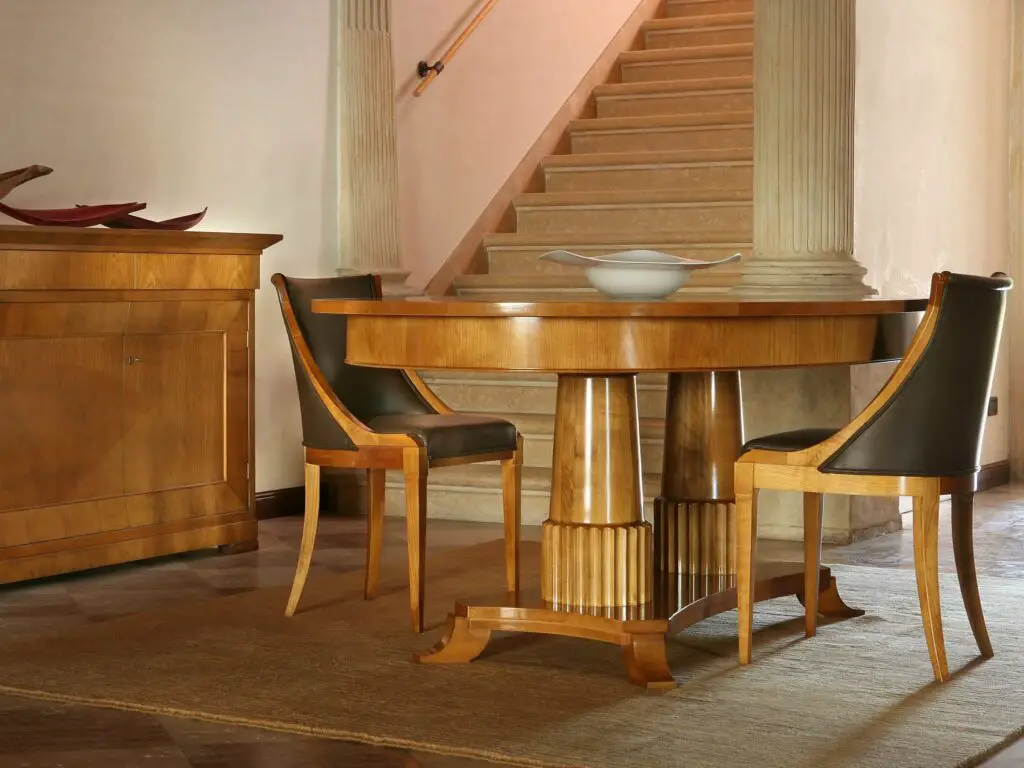
Do designers get a discount?
Designers often have access to discounts and special pricing on products and services. Many companies offer discounts to designers as a way to build relationships and encourage them to use their products. These discounts can range from a percentage off the retail price to exclusive deals and promotions.
One reason why designers may receive discounts is because they are considered influencers in their industry. By offering discounts to designers, companies are able to incentivize them to promote their products and services.
Another reason why designers may receive discounts is because they often purchase products in bulk. Designers frequently need to buy multiple items for their projects, whether it’s furniture, fabric, or accessories. By offering discounts on bulk purchases, companies can attract designers and ensure that they become repeat customers.
In addition to discounts on products, designers may also receive discounts on services such as printing, shipping, and photography. These discounts can help designers save money on the various expenses they incur while working on a project.
Overall, designers often have access to discounts and special pricing on a wide range of products and services.
Does interior designer include furniture?
Interior design involves almost all visual elements of a room – flooring, ceiling, walls, furniture, lights, upholstery, doors, windows, electronic items and accessories. Additionally, it also involves hidden elements such as electric wiring, plumbing, cement and plaster, and hardware.
Yes, interior designers do include furniture as part of their job. In fact, furniture selection and arrangement is a crucial aspect of interior design.
Furniture selection: One of the primary tasks of an interior designer is to select furniture that suits the client’s needs and preferences. This involves considering factors such as the size of the space, the desired style, and the functionality required.
Furniture arrangement: Once the furniture is selected, interior designers also determine the optimal arrangement within the space. They consider factors such as traffic flow, focal points, and the overall layout of the room. By strategically placing furniture, interior designers can create a harmonious and balanced environment that maximizes both functionality and visual appeal.
Custom furniture: In addition to selecting and arranging existing furniture pieces, interior designers may also design custom furniture to meet specific client requirements. Custom furniture allows interior designers to add a personal touch and create truly one-of-a-kind spaces.
Collaboration with furniture suppliers: Interior designers often work closely with furniture suppliers and manufacturers to source the best pieces for their projects. They have access to a wide range of furniture options and can negotiate pricing and delivery terms on behalf of their clients. This collaboration ensures that the furniture selected aligns with the overall design vision and meets the client’s budget and timeline.
Does interior design cost includes furniture?
When it comes to interior design, one of the common questions that often arises is whether the cost includes furniture. Interior design is a multifaceted field that involves creating functional and aesthetically pleasing spaces. It encompasses various elements such as color schemes, lighting, materials, and of course, furniture. However, the inclusion of furniture in the overall cost of interior design can vary depending on several factors.
Navigating Interior Design Costs: Understanding the Role of Furniture
Firstly, it is important to understand that interior design services typically involve two main components: the design fee and the cost of furnishings. The design fee is the professional fee charged by the interior designer for their expertise and services. This fee covers the conceptualization, planning, and execution of the design project. On the other hand, the cost of furnishings includes the actual purchase of furniture, accessories, and other decorative items that are required to complete the design.
Secondly, the inclusion of furniture in the overall cost of interior design can also depend on the specific agreement between the client and the interior designer. Some interior designers may offer a comprehensive package that includes both the design fee and the cost of furnishings.
However, there are also instances where the cost of furnishings is not included in the interior design fee. In these cases, the interior designer may provide recommendations and guidance on furniture selection, but the client is responsible for purchasing the furniture separately. This allows the client to have more control over the budget and choose furniture that suits their personal preferences and budget constraints.
What does interior designer deals with?
Interior designers make indoor spaces functional, safe, and beautiful by determining space requirements and selecting essential and decorative items, such as colors, lighting, and materials. They must be able to draw, read, and edit blueprints.
An interior designer is a professional who deals with the design and decoration of interior spaces. They are responsible for creating functional and aesthetically pleasing environments that meet the needs and preferences of their clients. Interior designers work with a variety of spaces, including residential homes, commercial buildings, and public spaces.
Crafting Environments: The Role of Interior Designers in Transforming Spaces
One of the main tasks of an interior designer is to understand the client’s requirements and translate them into a design concept. This involves conducting meetings with clients to discuss their needs, preferences, and budget. The designer then creates a design plan that includes the layout, color scheme, furniture, lighting, and other elements of the space.
Interior designers also work closely with architects and contractors to ensure that the design plan is implemented correctly. They may provide input on structural changes, such as removing walls or adding windows, to improve the functionality and flow of the space. Also collaborate with other professionals, such as electricians and plumbers, to ensure that the necessary infrastructure is in place.
They also have access to a wide network of suppliers and can negotiate prices and manage deliveries.
Once the design plan is finalized and the materials and furnishings are selected, interior designers oversee the installation and implementation of the design. They coordinate with contractors and tradespeople to ensure that the work is done according to the design specifications and timeline. They also conduct site visits to inspect the progress and make any necessary adjustments.
What is the 60 30 10 decorating rule?
The 60-30-10 rule works like this: 60 percent: The main color you choose should represent 60 percent of a room. 30 percent: The secondary color should represent 30 percent of a room. 10 percent: The accent color you choose should represent 10 percent of a room.
The dominant color is the main color used in the room and typically covers the largest surfaces, such as the walls or the largest piece of furniture. This color sets the overall tone and mood of the space. It is usually a neutral or calming color, such as white, beige, or gray. By using a dominant color, the room feels cohesive and harmonious.
The secondary color is used to add depth and interest to the room. It should complement the dominant color and be used in slightly smaller amounts. This color can be used on furniture, curtains, or accent walls. It helps to create a sense of balance and adds visual variety to the space.
The accent color is the smallest amount of color used in the room, but it has a big impact. This color is used sparingly to draw attention to specific areas or objects in the room. It can be used in accessories, artwork, or small pieces of furniture. The accent color adds a pop of color and creates visual interest in the space.
Exclusive Furniture Access for Designers
The 60 30 10 decorating rule is a useful tool for creating a cohesive and visually appealing color scheme in a room. By following this guideline, you can ensure that your room feels balanced and harmonious. It allows you to experiment with different colors while still maintaining a sense of unity. Whether you are redecorating a living room, bedroom, or office, this rule can help you create a space that is both functional and aesthetically pleasing.
Interior designers often receive a range of benefits and perks when purchasing furniture for their clients. One of the main advantages is access to a wider selection of furniture options. Many furniture manufacturers and suppliers offer exclusive collections or lines specifically for interior designers, which may not be available to the general public. This allows designers to offer unique and customized solutions to their clients, enhancing the overall design aesthetic.
In addition to a broader selection, interior designers often receive discounted pricing on furniture purchases. These discounts can vary depending on the supplier and the volume of purchases made by the designer. Some manufacturers offer trade discounts, which are typically a percentage off the retail price. This can result in significant cost savings for designers and their clients.
Are there any special discounts or pricing arrangements available to interior designers for furniture purchases?
Yes, there are often special discounts and pricing arrangements available to interior designers when purchasing furniture. Many furniture manufacturers and retailers offer trade discounts specifically for interior designers. These trade discounts can range from a percentage off the retail price to exclusive pricing arrangements that are not available to regular consumers.
How do interior designers typically save money when buying furniture for their clients?
Interior designers have several strategies for saving money when purchasing furniture for their clients. One common approach is to take advantage of trade discounts. Many furniture manufacturers and retailers offer special pricing arrangements to interior designers, allowing them to purchase furniture at a discounted rate. These trade discounts can range from 10% to 50% off the retail price, depending on the brand and the volume of furniture being purchased.
In addition to trade discounts, interior designers often have access to exclusive sales and promotions. Furniture manufacturers and retailers may offer special deals and discounts specifically for interior designers, allowing them to save even more money on their purchases. These exclusive sales can be a great opportunity for interior designers to find high-quality furniture at a lower cost.
Furthermore, interior designers can also save money by purchasing furniture directly from wholesalers or manufacturers. By cutting out the middleman, interior designers can often secure better pricing on furniture. They may also have the option to customize furniture pieces or order in bulk, further reducing costs.
Are there any specific qualifications or requirements for interior designers to be eligible for furniture discounts?
Interior designers may be eligible for furniture discounts based on certain qualifications or requirements. These qualifications can vary depending on the furniture supplier or manufacturer. Some may require interior designers to provide proof of their professional credentials, such as a valid membership with a recognized design association or certification from a reputable design program. Others may require interior designers to have a minimum number of years of experience in the industry.
Some furniture vendors have volume requirements for interior designers in addition to professional qualifications. They may only offer discounts to designers who place large orders or spend a specific amount with them annually. Suppliers usually give discounts and special prices to their most loyal and high-volume clients.
Although there is no standardized set of credentials or standards for interior designers to receive furniture discounts, suppliers sometimes have certain criteria. Interior designers must research and comprehend each supplier’s requirements to take advantage of savings and advantages.”
Can interior designers negotiate better deals or discounts on furniture compared to regular consumers?
Yes, interior designers have the ability to negotiate better deals or discounts on furniture compared to regular consumers. This is because they often have established relationships with furniture suppliers and manufacturers, which gives them access to exclusive pricing and discounts. Interior designers are able to leverage their industry connections and purchasing power to secure better deals for their clients.
Additionally, interior designers have a deep understanding of the furniture market and industry trends. They are knowledgeable about different brands, styles, and quality levels, allowing them to make informed decisions and negotiate better prices. They can also provide valuable feedback and recommendations to furniture suppliers, which can lead to further discounts or special arrangements.
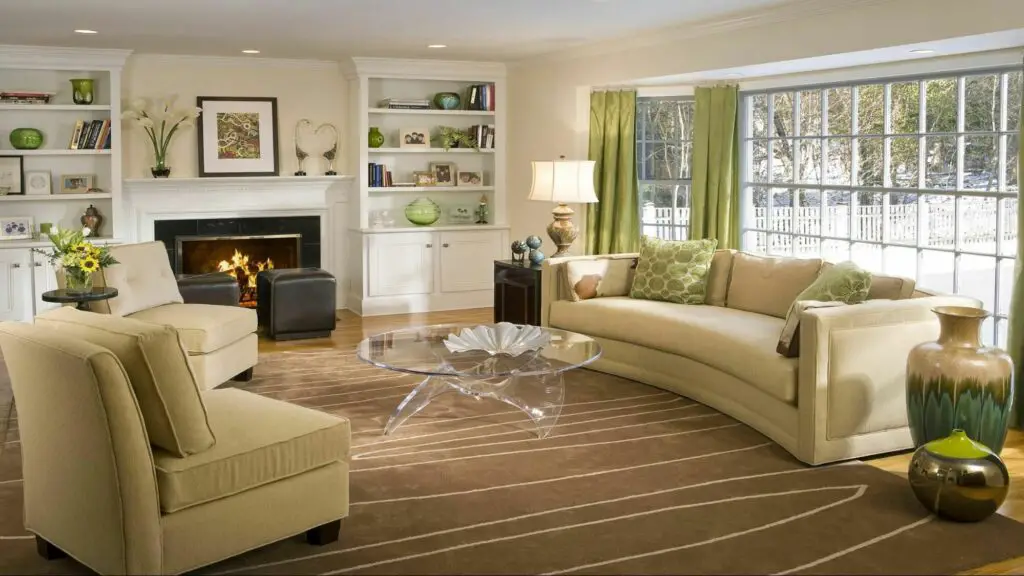
Conclusion
Overall, it can be concluded that interior designers do have the potential to receive discounts on furniture. Many furniture manufacturers and retailers offer special trade programs or partnerships with interior designers, allowing them to access discounted prices on furniture and other home decor items. These discounts can range from a percentage off the retail price to exclusive access to limited edition or discontinued items.
However, it is important to note that not all furniture manufacturers or retailers offer discounts to interior designers. Some may have strict policies or requirements in place, such as a minimum purchase amount or proof of professional certification. Additionally, the extent of the discount may vary depending on the specific brand or retailer. It is therefore crucial for interior designers to research and establish relationships with furniture suppliers who offer favorable trade programs.
Furthermore, interior designers may also be able to negotiate discounts on furniture through their professional connections and industry knowledge. By building strong relationships with furniture manufacturers, retailers, and other industry professionals, interior designers can leverage their expertise and influence to secure better pricing for their clients. This highlights the importance of networking and staying up-to-date with the latest trends and developments in the interior design industry.
While there is no guarantee that interior designers will always get discounts on furniture, there are numerous opportunities for them to access discounted prices through trade programs, partnerships, and negotiations. By taking advantage of these opportunities and building strong relationships within the industry, interior designers can provide their clients with high-quality furniture at more affordable prices. Ultimately, the ability to secure discounts on furniture is a valuable asset for interior designers, allowing them to create beautiful and functional spaces while also maximizing their clients’ budgets




